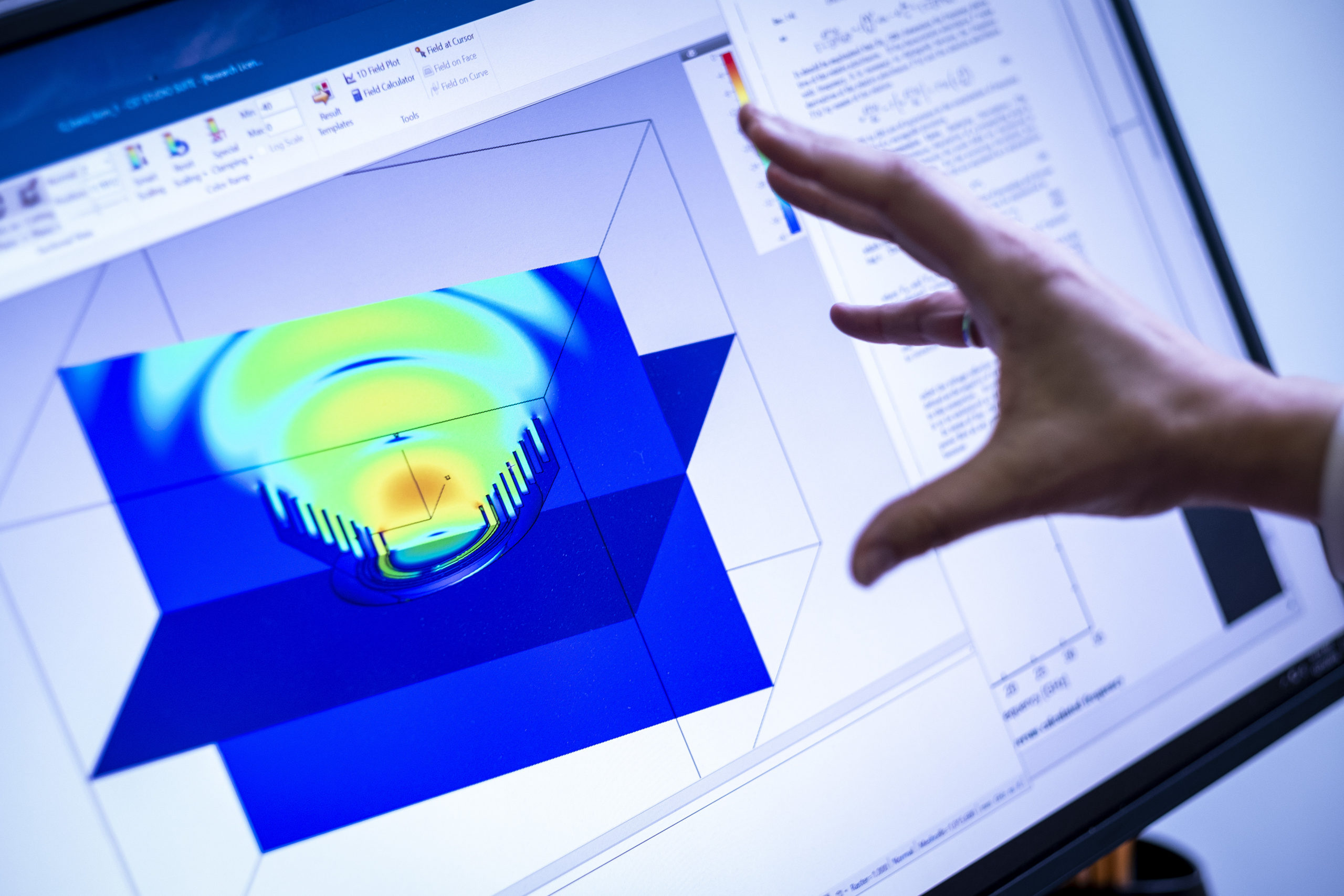Central Development Laboratory
Charlottesville, Virginia

The Central Development Laboratory (CDL) maintains a complete suite of facilities and expertise to design, develop, assemble and test cutting-edge radio astronomy technology. The mission of the CDL is to support the evolution of the U.S. National Science Foundation National Radio Astronomy Observatory’s (NRAO) existing facilities and to provide the technology and expertise needed to build the next generation of radio astronomy instruments.
The CDL’s mission is accomplished through the development of the enabling technologies. These technologies include low noise amplifiers, millimeter and sub-millimeter detectors, optics and electromagnetic components (feeds and phased arrays), digital signal processing, and new receiver architectures. CDL staff have developed and produced these critical components and subsystems not only for NRAO’s telescopes, but also for the worldwide astronomical community for ground and space-based instruments.
Technical Innovation

NRAO technology increases our understanding of the Universe and contributes to American competitiveness.
Technical innovations developed or enhanced at the CDL have contributed to improvements in communications antennas, transistors, cryogenic coolers, medical and scientific imaging, time and frequency standards, atomic clocks, GPS navigation, 911 emergency call location and precision spacecraft navigation.
In addition to pushing the limits in its core technology areas, the CDL is exploring novel technologies and concepts for the next generation of receivers, including cryogenic phased array feeds and highly integrated receivers.
In support of the wider U.S. astronomy community, the CDL is also collaborating with several organizations on forefront scientific experiments to address fundamental questions described in the Astro2010 decadal survey “New Worlds, New Horizons in Astronomy and Astrophysics”: HERA-PAPER for probing the epoch of reionization, and DARE to look even further back in time—to the formation of the very first stars at the end of the Dark Ages. The CDL enables, through advances in instrumentation, these experiments and next-generation facility pathfinders.
